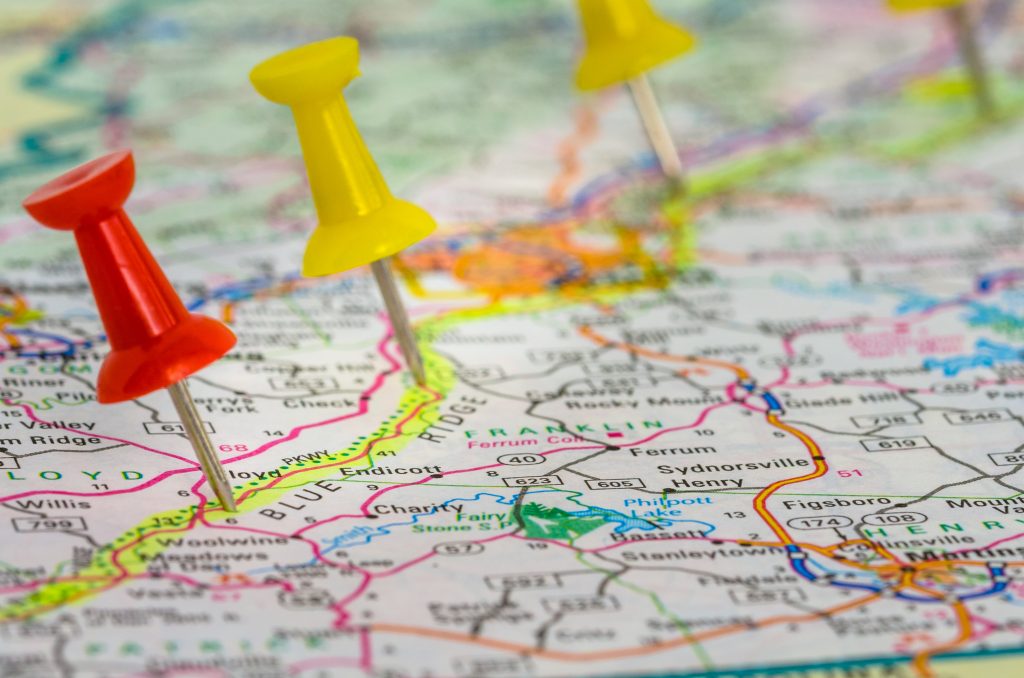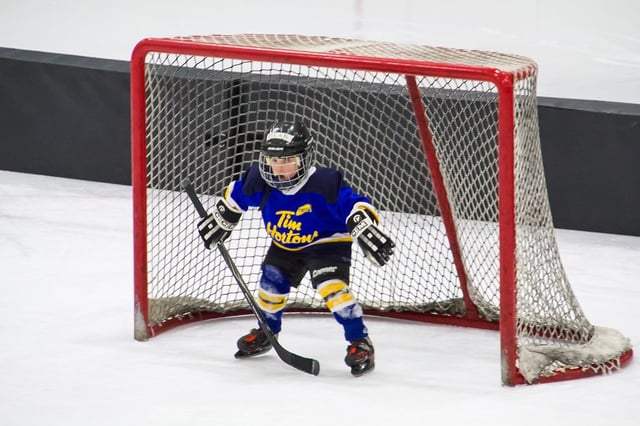
We often think of the retail juggernauts as having a huge advantage over smaller, more local retailers. From big budgets and brand recognition to large audiences, it would seem that local retailers just can’t compete. But this isn’t always the case.
Many local businesses succeed where larger retailers don’t because of their ability to target and focus on one specific type of customer in a regionally or culturally specific manner, speaking to them in a way larger retailers cannot. Where large retailers have the breadth in their favor, local retailers have the depth in theirs.
A nation-wide message can’t go too specific in fear of losing the attention of the audience. The message needs to be more generic. For instance, a national shoe retailer would focus in on the new arrivals and best sellers nationwide, whereas a local shoe retailer could design e-blasts and ads that speak to the trends, weather and preferences of the local market.
But thinking about executing this well is probably a bit daunting. Wherever your head office is located, it’s nearly impossible to know what is going on in any other part of the country (let alone world for international retailers!) and would mean hiring more people in marketing to keep track. Not to mention that the large media buying agencies you work with benefit from buying in bulk, and small, localized efforts would be too expensive for you to execute through them.
So, how do you do it, then? How can you localize your marketing efforts to tailor to the needs of specific locations without going crazy or broke? Here are the steps towards winning through localized marketing
Step 1. Offer a decentralized marketing budget

The first thing you need to do is decentralize some of your marketing – create a portion of your budget to spend at the local level. This means also decentralizing things like messaging and branding, which may seem frightening at first, but will allow your local stores to cater messages and images to their markets.
If quality control is an issue, you can create a role in head office to make sure that images and messages going through each local store are still to brand standards. You can also create guidelines to follow so that they don’t fall too far out of bounds. The idea is to give each associate in each location the tools and empowerment to reach their audience efficiently.
Step 2. Leverage the wisdom of local sales associates
Your greatest asset for understanding the pulse of local trends and culture is your sales associates. Not only do they live locally, they also interact with customers daily, so they have a great sense of tastes and preferences for the local audience. Sales associates will be your greatest means of localizing your marketing efforts and it is in their favor to participate as well. It is empowering and offers them the tools to increase their sales.
As a good first step, empowering associates with their own storefront, a personalized version of their retailer’s website, to give them the tools to communicate more frequently and directly with their local customers. On top of that, give them a budget for things like local social media campaigns and geotargeting.
Step 3. Teach them how to geotarget with social platforms

In 2015, fashion brand Lilly Pullitzer received all sorts of kudos for creating Snapchat geofilters in select locations that matched some of the patterns in the collection that year. Shoppers loved them, the media loved them, and they gained all sorts of media impressions on both social and traditional media by implementing them. Total cost? Probably under $1000.
Because the geofilters are self-serve and relatively inexpensive, they are often not considered within large media buys. Big media agencies that work with large retailers probably won’t even suggest them as part of the plan. But both the cost and the ease of implementing them can be executed locally.
Similarly, using Facebook, Twitter and Instagram targeting can also help national retailers tailor their marketing to more local needs. You can target:
- Audience interests – tailoring the message to reflect those interests
- Audience locations– targeting messages hyper-locally
- Audience demographics – framing the message to suit the life stage of each audience
- Audience messaging – delivering messages in the language the audience is comfortable in
Once again, these smaller, more tailored campaigns are often not suggested by the large media buying agencies because of their lack of scale, but giving a small budget to your local associates , could be incredibly impactful.
All of these platforms are self-serve and fairly simple to learn.
Step 4. Align messaging and even merchandising to local culture
Every year, Louisville Kentucky celebrates the Kentucky Derby. This is an enormous event for locals AND out of towners alike. The event attracts over 150,000 people annually, which is a larger crowd than travels for the Super Bowl!
All local retailers benefit from the influx of the Derby, but there is something specific about this event that can make fashion retailers benefit the most: the hats! Practically everyone gets dolled up and wears elaborate hats to the Derby – some home made, others purchased. And it isn’t just women who wear them. Nearly EVERYONE wears a hat. It’s almost unheard of to go without. At the very least, they dress up in their very best Derby gear.
If you are a nationwide department store head, you probably don’t think too much about hats and you probably wouldn’t want to create a nation-wide campaign about hats. Most people won’t care. However, if you have a store in and around Louisville, Kentucky, your marketing AND merchandising before and during the Kentucky Derby should be all about hats.
By celebrating and supporting local culture, retailers win.
Step 5. Support local communities

It’s one thing to sell a product that celebrates local events and culture, it’s a whole new level of thinking to get involved in local events and culture. If there is one place where local businesses get all of the love and kudos, that’s with their financial and physical support of local events – from kids sporting leagues to arts festivals to cultural days.
Supporting locally is often in the realm of Corporate Social Responsibility (CSR) departments, but when it comes to smaller locales, this involvement may get missed.
Large Canadian food chain, Tim Horton’s, helped forage their invasion of every small town across Canada by supporting local hockey leagues through their local franchises. They were welcomed with open arms and it increased sales everywhere they went. Large food chain, Whole Foods, is well-known to source as much from local farmers and food producers as possible, making locals feel better about them moving into the neighborhood.
If you are a fashion department store, consider carrying local designers and setting up apprenticeships for local fashion hopefuls. Support any local fashion events. If you are a big box home supply store, consider sourcing what you can from local producers and support local chapters of Habitat for Humanity and buildings that support the local community.
The core here is that the more empowerment and budget you give your local outlets and employees to spend on their local community -whether through events or marketing – the more it will be appreciated. And the more the locals feel that you are embedded in their culture, the more they will make the choice to shop with you.
The Bottom Line
If you want to localize your marketing, you will make sure your biggest local assets – your sales associates – are empowered. Salesfloor's robust platform provides tools that empower your associates with fuller agency over their selling capabilities. Moreover, the tools make it possible for customers shopping online to receive the trusted guidance and product knowledge your sales associates offer in-store ensuring that every online purchase is made with confidence.
Let us show you how easy it is to drive traffic, increase sales, and generate positive brand interactions at every touch point.



